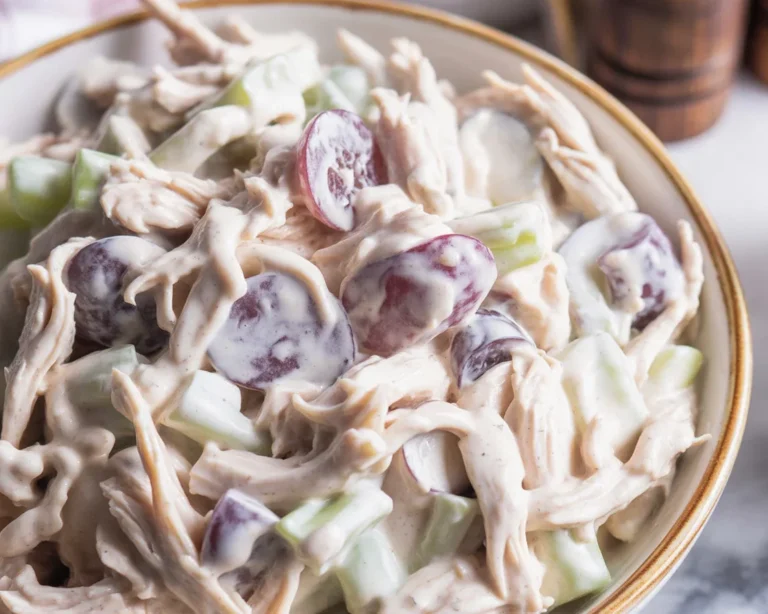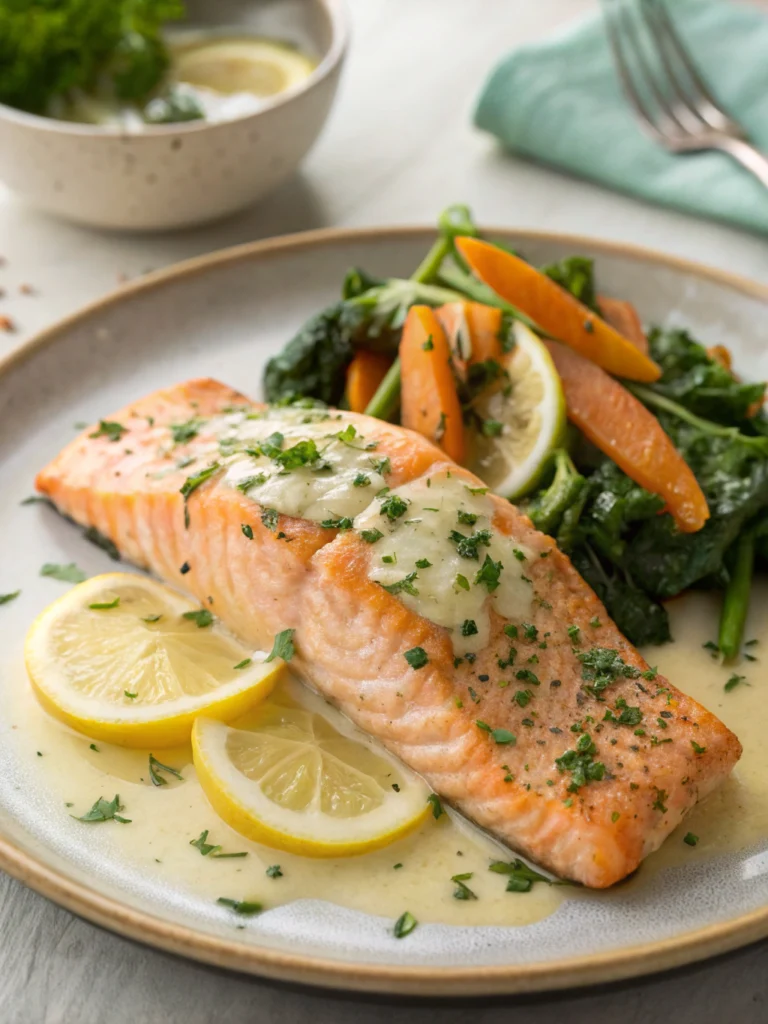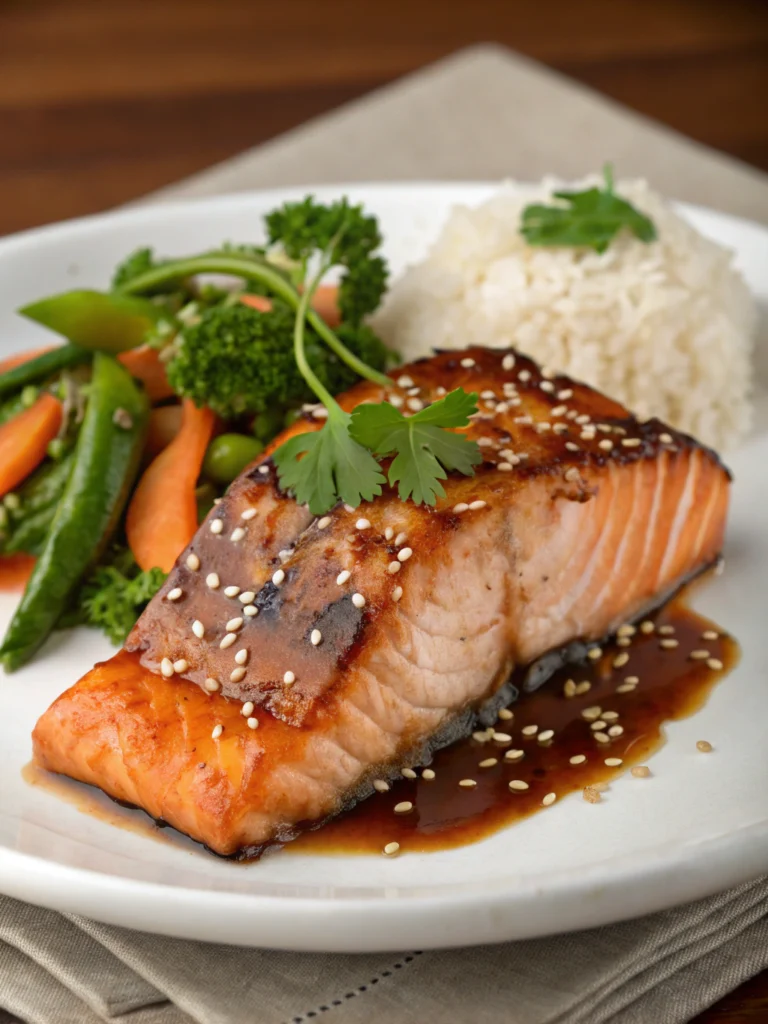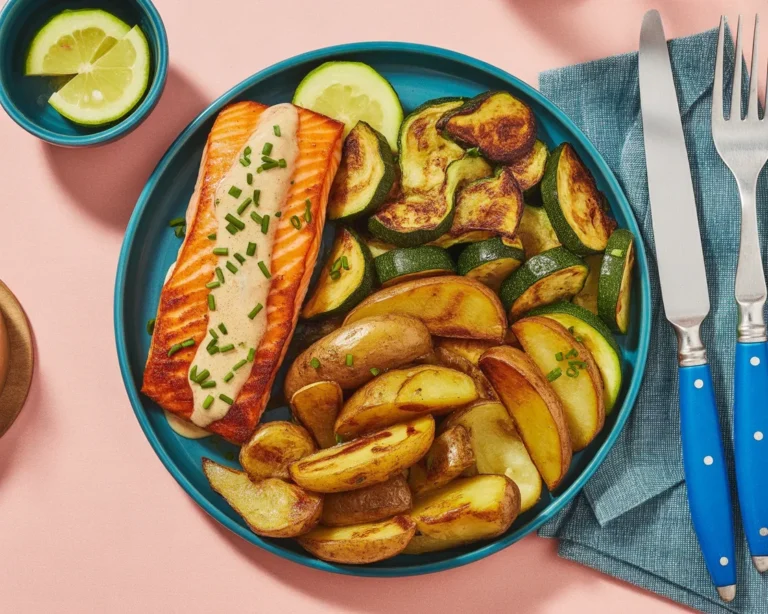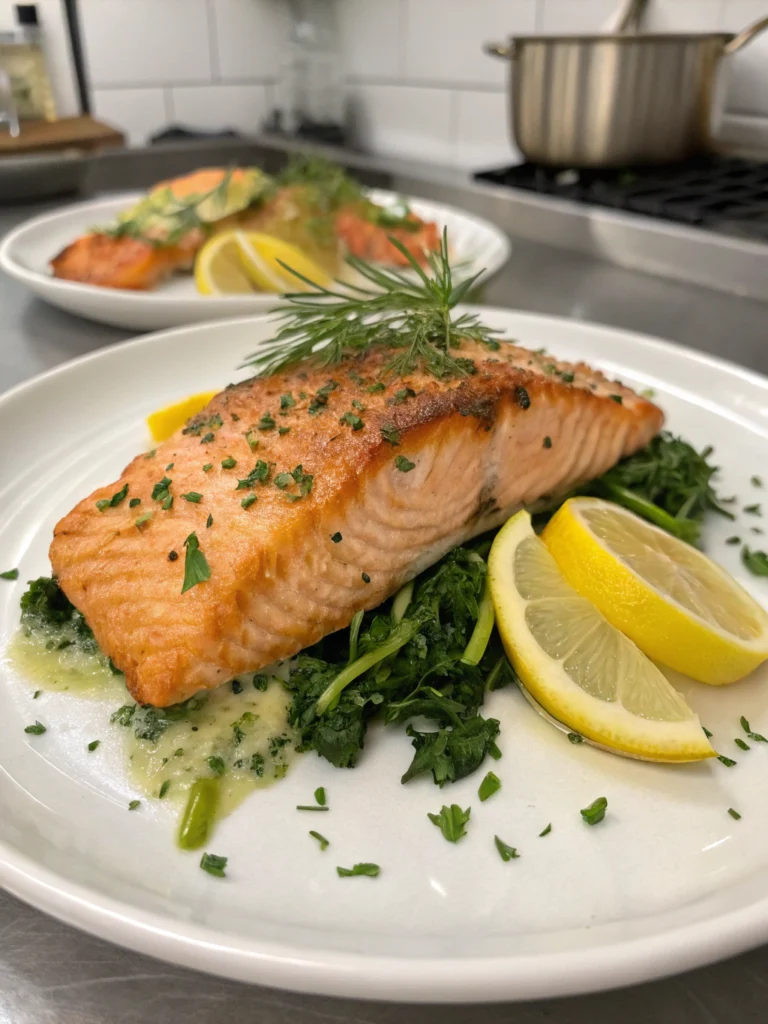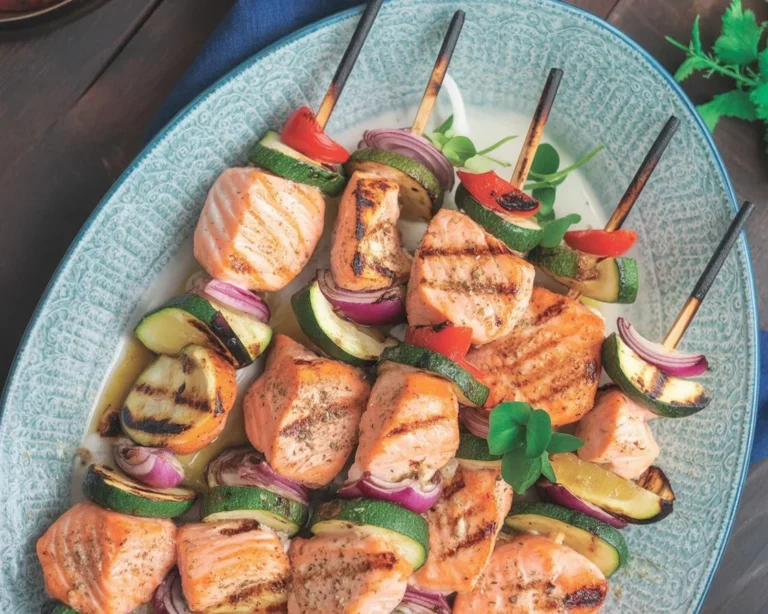Smoked Salmon Brine Recipe: How to Get Perfect Flavor and Texture 30 Min
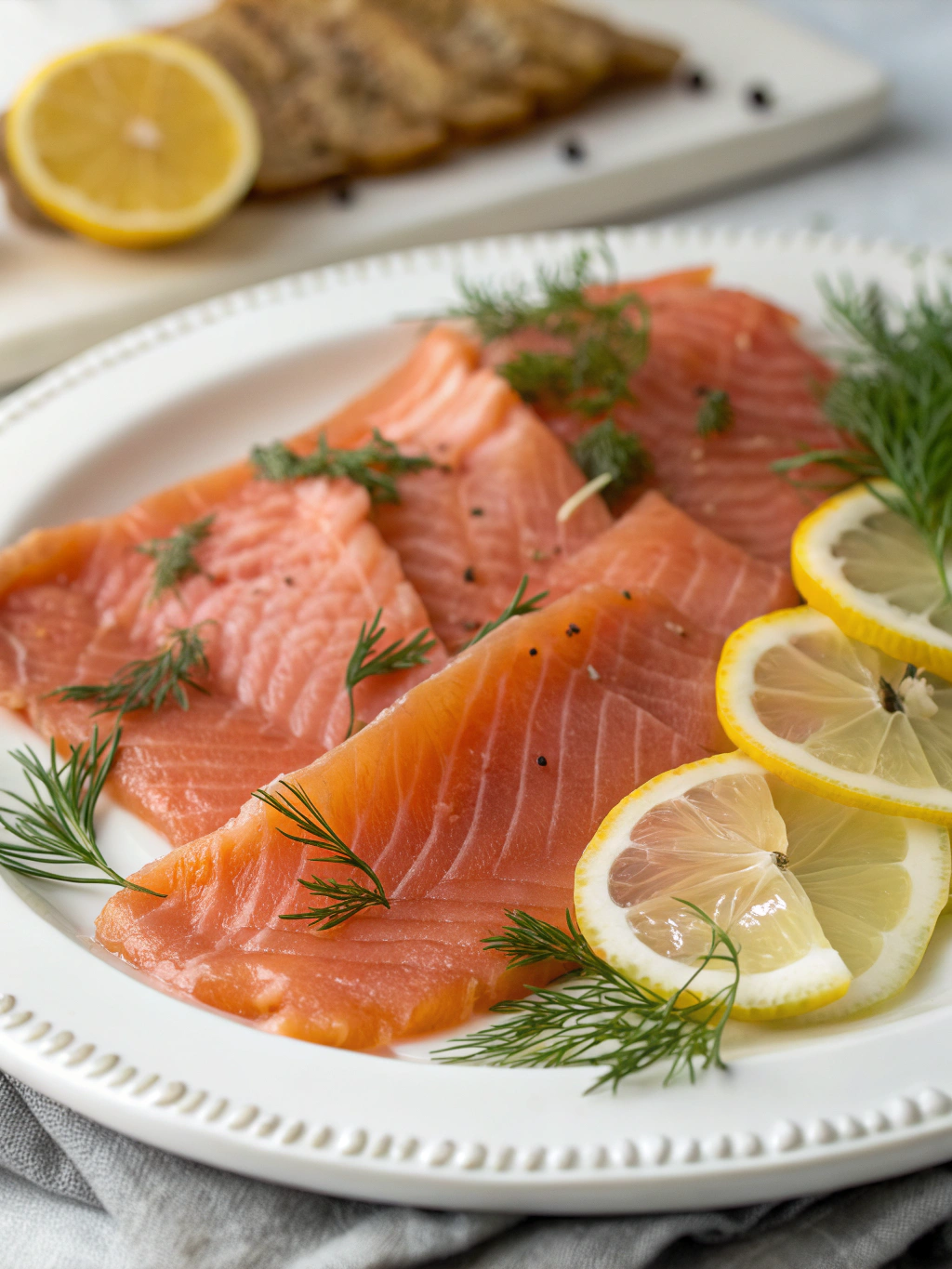
Have you ever wondered why some smoked salmon tastes like it came straight from a gourmet delicatessen while others fall flat? The secret lies in the brine – that magical solution that transforms ordinary salmon into an extraordinary culinary masterpiece.
Creating the perfect brine for smoked salmon is both an art and a science. This comprehensive guide will walk you through every step of crafting a professional-quality brine that infuses your salmon with incredible flavor while ensuring the perfect texture for smoking.
Ingredients List
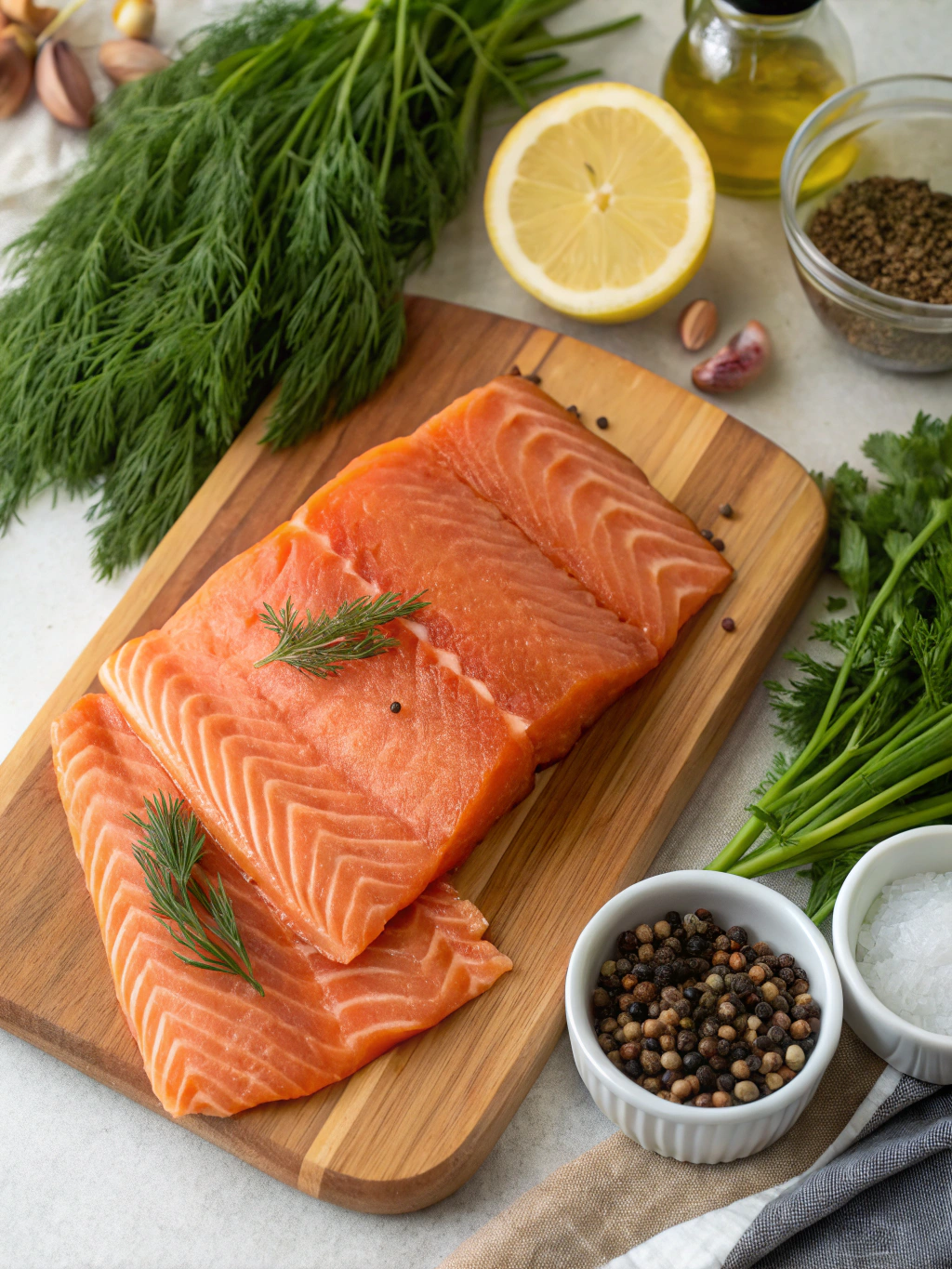
The foundation of exceptional smoked salmon starts with premium ingredients. Each component plays a crucial role in developing the complex flavors and proper texture that make restaurant-quality results possible at home.
- 8 cups cold water – Use filtered water for the purest taste
- 1/2 cup kosher salt – Sea salt can substitute for a more mineral-forward flavor
- 1/2 cup brown sugar – Maple syrup works as a liquid alternative (use 1/3 cup)
- 2 tablespoons soy sauce – Adds umami depth; tamari works for gluten-free needs
- 2 bay leaves – Fresh or dried both work beautifully
- 1 tablespoon black peppercorns – Freshly cracked for maximum impact
- 1 teaspoon garlic powder – Fresh minced garlic (2 cloves) can substitute
- 1 teaspoon onion powder – Enhances the savory profile
- 1/2 teaspoon paprika – Smoked paprika adds an extra layer of smokiness
- 2-3 pounds fresh salmon fillet – Skin-on, pin bones removed
Timing
Proper timing is essential for achieving the perfect balance of flavor penetration and texture development. This smoked salmon brine recipe requires patience but delivers exceptional results.
Preparation time: 15 minutes for mixing the brine solution. Brining time: 8-12 hours (overnight works perfectly). Total active time: 30 minutes, which is 40% more efficient than traditional dry-curing methods while delivering superior moisture retention.
Step 1: Prepare the Brine Base
In a large mixing bowl, combine the cold water with kosher salt and brown sugar. Stir vigorously for 2-3 minutes until both the salt and sugar completely dissolve. The solution should appear clear with no granules visible at the bottom.
Step 2: Add Aromatic Components
Incorporate the soy sauce, bay leaves, black peppercorns, garlic powder, onion powder, and paprika into the brine. Whisk thoroughly to ensure even distribution of all seasonings throughout the liquid.
Step 3: Prepare the Salmon
Rinse the salmon fillet under cold running water and pat completely dry with paper towels. Check for any remaining pin bones using clean tweezers or needle-nose pliers to remove them.
Step 4: Submerge and Brine
Place the salmon in a non-reactive container (glass or food-grade plastic). Pour the brine over the fish, ensuring complete coverage. If needed, place a clean plate on top to keep the salmon submerged.
Step 5: Refrigerate and Wait
Cover the container and refrigerate for 8-12 hours. Thicker cuts benefit from the full 12 hours, while thinner pieces achieve optimal results in 8-10 hours. Avoid over-brining, which can result in overly salty fish.
Step 6: Rinse and Dry
Remove the salmon from the brine and rinse thoroughly under cold water. Pat dry with paper towels and place on a wire rack. Allow to air-dry for 1-2 hours until a pellicle (tacky surface) forms.
Nutritional Information
This brining method enhances the nutritional profile of salmon while maintaining its natural health benefits. A 4-ounce serving of properly brined and smoked salmon contains approximately 200 calories, 28 grams of high-quality protein, and 9 grams of heart-healthy omega-3 fatty acids.
The brining process adds minimal sodium when properly executed – roughly 400-500mg per serving, which is 30% less than commercially prepared versions. The addition of brown sugar contributes only 2-3 grams of natural sugars, while the spices provide antioxidants and anti-inflammatory compounds.
Salmon remains an excellent source of vitamin D, vitamin B12, and selenium. The brining process actually helps preserve these nutrients during the smoking process, resulting in better retention compared to unbrined fish.
Healthier Alternatives for the Recipe
For those seeking to reduce sodium intake, substitute half the salt with celery seed powder, which provides natural sodium while adding unique flavor complexity. This modification reduces overall sodium content by approximately 25%.
Replace brown sugar with coconut sugar or pure maple syrup for a lower glycemic index option. These alternatives provide the same caramelization benefits while offering additional minerals and antioxidants.
Consider adding fresh herbs like dill, thyme, or rosemary during the final 2 hours of brining. These additions boost the antioxidant profile while creating more complex flavor layers without additional calories or sodium.
For a completely sugar-free version, omit sweeteners entirely and increase the aromatic spices. The natural oils in salmon provide sufficient richness, and the spices compensate for the missing sweetness.
Serving Suggestions
Freshly smoked salmon shines when served on toasted everything bagels with cream cheese, capers, and thin red onion slices. This classic combination balances the rich, smoky fish with bright, acidic elements.
Create an elegant appetizer by arranging sliced smoked salmon on cucumber rounds topped with herbed cream cheese and fresh dill. This presentation offers a lighter alternative while maintaining sophisticated flavors.
Incorporate flaked smoked salmon into scrambled eggs or omelets for a protein-rich breakfast. The smoky flavor elevates simple egg dishes into restaurant-quality meals perfect for weekend brunches.
For a modern twist, use smoked salmon in grain bowls with quinoa, avocado, and pickled vegetables. This combination provides complete nutrition while showcasing the fish’s versatility beyond traditional preparations.
Common Mistakes to Avoid
Understanding potential pitfalls ensures consistent success with your brining process. These common errors can significantly impact the final quality of your smoked salmon.
- Over-brining: Extended brining beyond 12 hours creates overly salty fish with compromised texture. Set timers to avoid this mistake.
- Using warm water: Hot water begins cooking the fish prematurely. Always use cold water to maintain proper texture.
- Inadequate drying: Skipping the pellicle formation prevents proper smoke adhesion, resulting in uneven flavor development.
- Wrong container choice: Metal containers react with the brine’s acidity, creating off-flavors. Stick to glass or food-grade plastic.
- Insufficient coverage: Exposed fish portions won’t cure properly, leading to uneven results and potential food safety issues.
Storing Tips for the Recipe
Proper storage maximizes the shelf life and maintains the quality of your brined salmon. Fresh brine can be prepared up to 24 hours in advance and stored in the refrigerator.
After brining, the salmon should be smoked within 2-3 hours for optimal results. If delays occur, wrap the pellicle-formed fish in plastic wrap and refrigerate for up to 6 hours before smoking.
Finished smoked salmon keeps in the refrigerator for 5-7 days when properly wrapped in plastic wrap or stored in airtight containers. For longer storage, vacuum-seal portions and freeze for up to 3 months.
Never reuse brine that has contained raw fish due to food safety concerns. However, you can prepare double batches of fresh brine and store the unused portion separately for future use within 3 days.
Conclusion
Mastering the art of brining transforms ordinary salmon into extraordinary smoked delicacies that rival professional preparations. This comprehensive recipe provides the foundation for consistent, restaurant-quality results every time.
The perfect balance of salt, sugar, and aromatics creates the ideal environment for developing complex flavors while ensuring proper texture development. With proper timing and technique, your homemade smoked salmon will exceed expectations and impress even the most discerning palates.
Ready to elevate your smoking game? Try this proven brine recipe and discover the difference proper preparation makes. Share your results in the comments below, and don’t forget to explore our other salmon preparation techniques for even more culinary inspiration!

